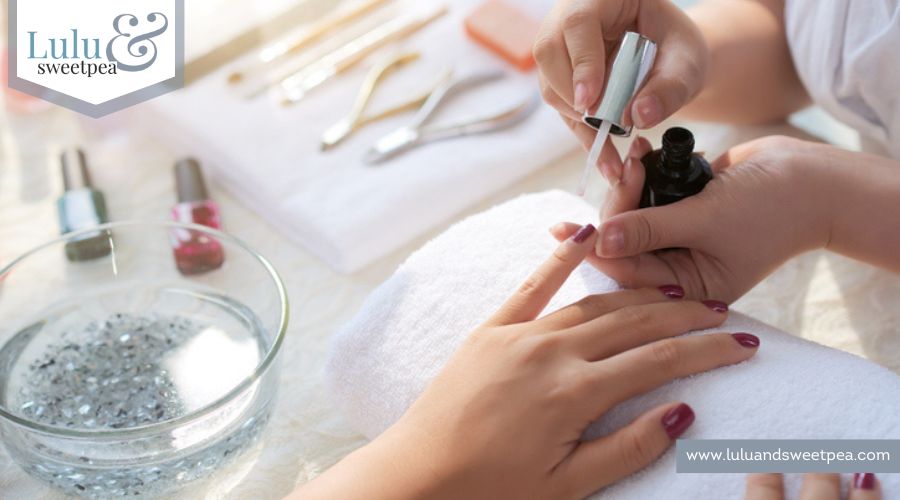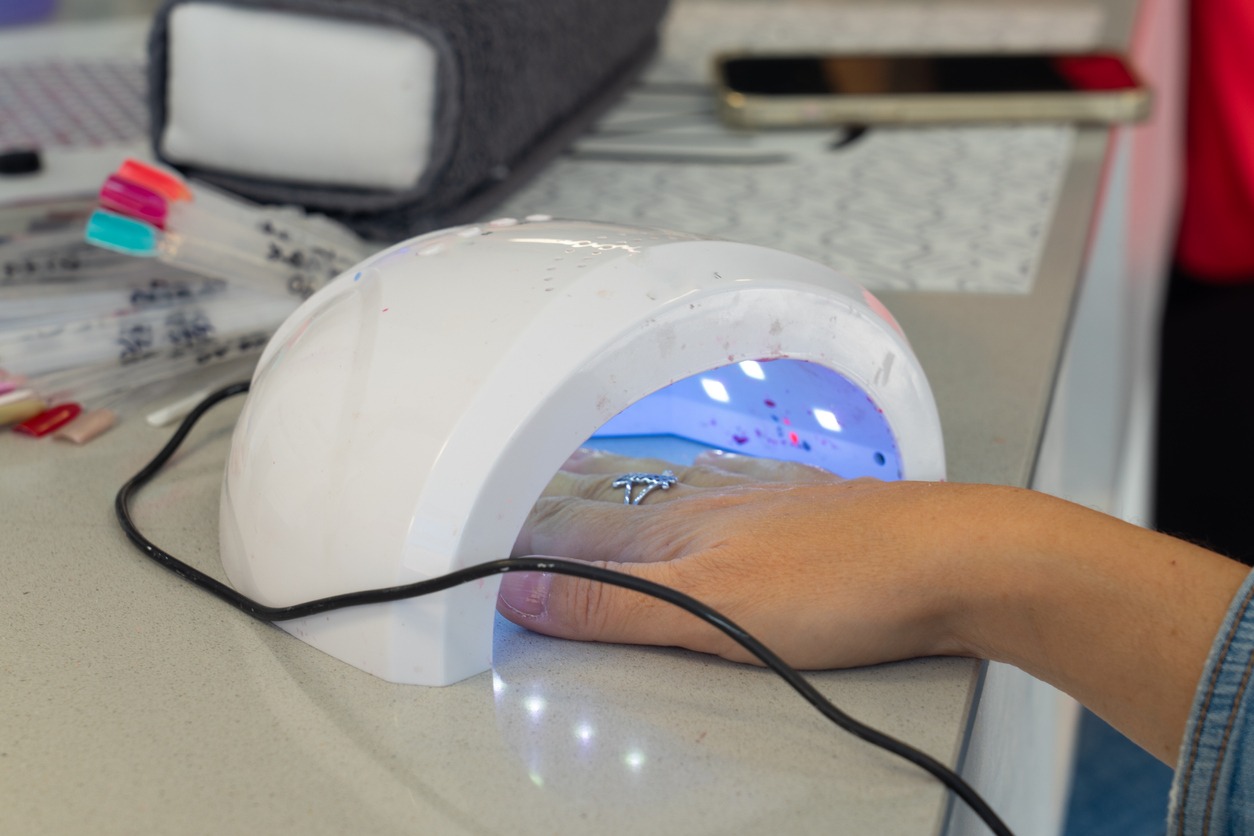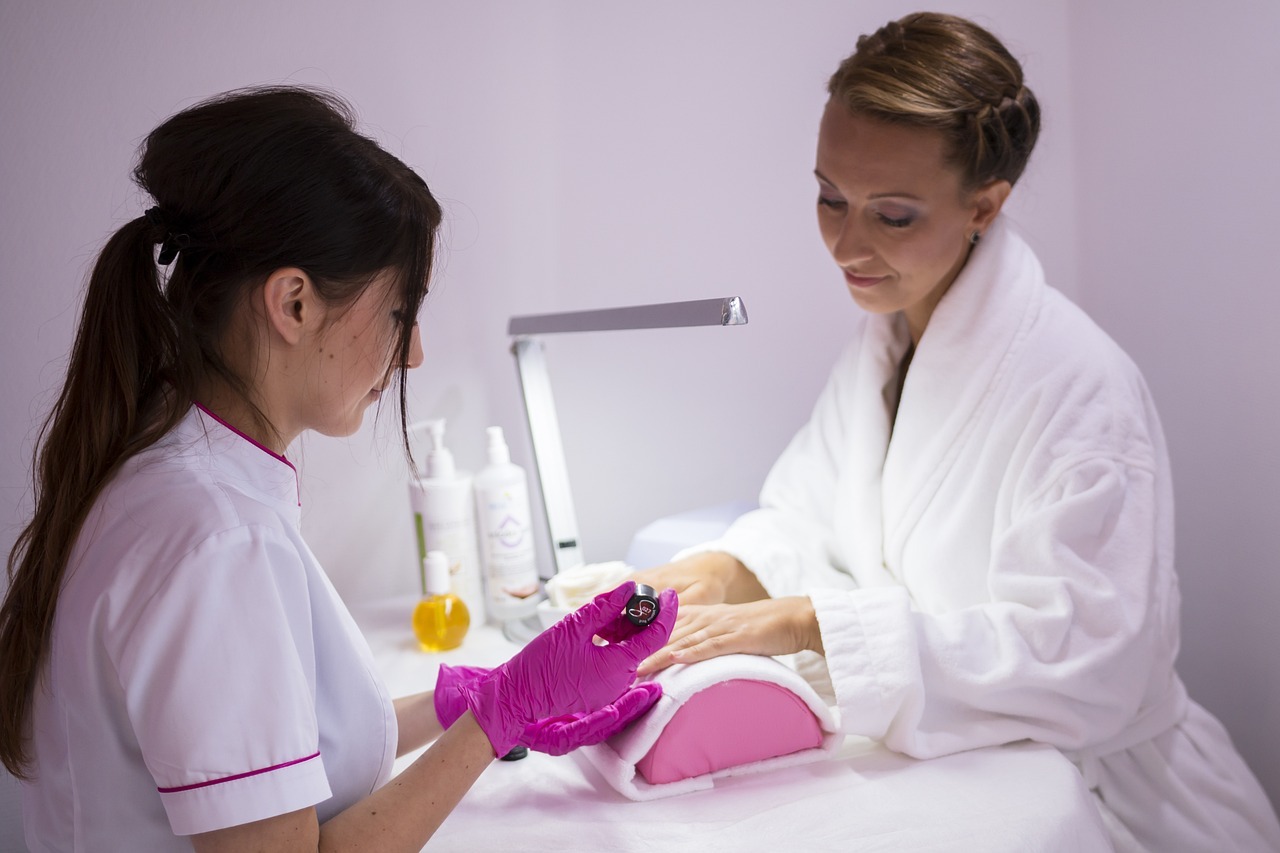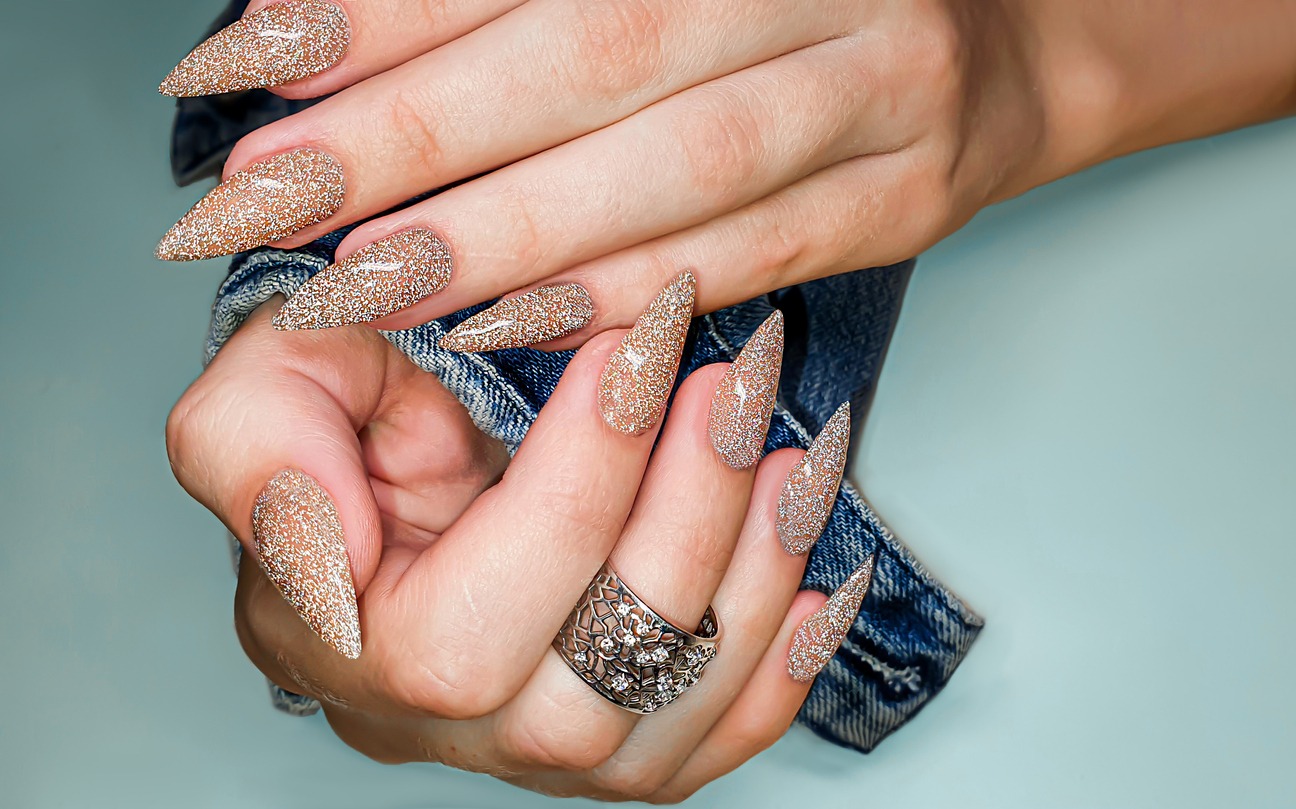Manicures have evolved from a luxury to an essential aspect of personal grooming for many individuals seeking to express their unique style. The longevity of a manicure is a factor that varies depending on the type chosen and is influenced by lifestyle habits and maintenance. As clients frequently invest both time and money into their nail care, determining which type of manicure can withstand the rigors of their daily activities becomes paramount.
Among the various manicure options available, gel and acrylic manicures are notable for their durability. Gel manicures can last up to 2 to 3 weeks, making them a popular choice for those with active lifestyles who desire a long-lasting, chip-resistant finish. Acrylic nails, known for their strength and longevity, offer another robust solution for extended wear, often lasting several weeks with proper care. These styles adorn the hands of those frequenting salons, hoping to combine the practical need for durable nails with their personal aesthetic.
It is essential, however, to consider the potential impact on nail health when opting for longer-lasting manicure styles. Regular maintenance and professional removal are advised to preserve the integrity of the natural nails. Salon professionals emphasize the importance of a meticulous removal process, often involving an acetone soak, to prevent damage during the transition between manicure sessions.
Overview of Manicure Types
In exploring the types of manicures, it’s important to note the balance between aesthetics and durability that each style offers. From gels to acrylics, options vary greatly in application technique, longevity, and care requirements.
Gel Manicures
Gel manicures are highly sought after for their glossy finish and lasting power of up to three weeks. They involve applying a gel-based polish that requires curing under a UV or LED light to harden. This manicure type is a go-to for those seeking a sturdy, chip-resistant option that maintains a high-shine look.
Acrylic Manicures
Acrylic manicures combine a liquid monomer and a powder polymer to create a hard protective layer over the natural nails that can also be sculpted into various shapes. These manicures typically last about 2 to 4 weeks and are ideal for individuals looking to extend nail length or durability.
Dip Powder Manicures
With dip powder manicures, nails are dipped into a pigmented powder and sealed with a clear coat. This technique can provide a matte or shiny finish that endures 3 to 4 weeks. Dip powder is revered for its strength and ability to resist chipping without the need for UV light to cure.
Shellac Manicures
Shellac manicures are a form of gel that offers a blend of regular nail polish and gel, often providing up to 2 weeks of wear without chips. They are cured through UV lighting and are generally easier to remove than pure gel options, making them a popular middle-ground choice for both durability and nail health.
Factors Affecting Manicure Longevity
When considering how long a manicure will last, one must pay attention to key elements such as nail preparation, the quality of the products used, and the techniques employed during application. These factors directly impact the durability of the manicure, helping to prevent chipping and peeling, thus maintaining the nail’s health and appearance.
Nail Preparation
Properly preparing the nails is crucial for manicure longevity. This process should include thorough cleaning, removal of the cuticles, as well as shaping and buffing of the nail to create a smooth surface. Applying a base coat to a clean, dry nail can significantly reduce the chances of peeling, as it provides a foundation that promotes the adhesion of the polish.
- Cleaning: Ensures removal of oils and debris.
- Cuticle Care: Cuticles should be gently pushed back but never cut, to avoid any possible damage that may cause peeling.
- Nail Shaping: Should be done according to the natural nail shape to avoid breakage.
- Buffing: Helps in creating an even surface for the base coat to adhere to.
Product Quality
The durability of a manicure is heavily influenced by the quality of the products used. Premium polishes, base coats, and top coats often have formulations that are designed to last longer and resist wear. High-quality gels and acrylics, both known for their long-lasting properties, should not damage the natural nail if applied and removed correctly.
- Polishes: Select polishes with a reputation for durability.
- Base Coat: A good base coat can improve polish adhesion and prevent staining of the natural nail.
- Top Coat: High-quality top coats provide a protective barrier against chipping.
Application Technique
The technique with which nail products are applied affects how well the manicure holds up over time. Thin, even layers of polish dry more effectively and are less prone to chipping. Careful application along the edge of the nail, also known as “capping the tip”, can further minimize chipping.
- Even Layers: Thin layers bond better and are less likely to peel.
- Capping the Tip: Provides extra protection against daily wear.
- Curing: If using gel products, proper UV/LED light curing is essential for a hard, durable finish.
Long-Lasting Manicure Techniques
For those seeking durability in their manicure, certain techniques ensure that nail treatments not only shine but endure. By focusing on UV and LED curing, powder dipping, and overlay application, individuals can enjoy their beautiful nails for extended periods.
UV and LED Curing
UV and LED light systems are pivotal in hardening gel manicures. The process involves:
- Coating the nails with a gel polish.
- Curing each layer under either a UV or LED lamp.
Gel nails cured with UV light might take longer to set compared to LED systems, but both effectively solidify the polish, resulting in a robust finish that can last up to two weeks or more.
Powder Dipping
For a manicure that boasts longevity without the need for light curing, powder dipping is an excellent option. This technique involves:
- Applying a base coat that acts as a glue.
- Dipping nails into colored acrylic powder.
- Sealing the nails with a protective top coat.
Nails treated by powder dipping are known to last up to two weeks, and the blend of liquid monomer and polymer powder adds both color and strength.
Overlay Application
Overlay application refers to strengthening the natural nail using:
- Acrylic Overlays: A popular method where a mixture of liquid monomer and polymer powder is applied to nails, creating a hard protective layer.
- Polygel Overlays: A hybrid between hard gel and acrylic, polygel is applied and then set with a UV or LED lamp.
Both overlays provide an additional degree of durability and can protect nails for an extended duration, with proper maintenance.
Maintaining Manicure Integrity
Maintaining the integrity of a manicure involves regular upkeep and mindful practices. A long-lasting manicure is not solely the result of the initial application but also of the care that follows.
Regular Touch-Ups
Touch-ups are essential for preserving the polish and managing any minor chips that may occur. Individuals should consider applying a top coat every few days to protect the manicure and add a glossy sheen. Cuticle oil should also be used consistently to nourish the nails and maintain the health of the cuticles, which in turn can prevent polish from peeling.
Protective Measures
Engaging in daily activities can expose nails to damaging elements. To mitigate risks, individuals ought to wear gloves when doing activities like washing dishes or cleaning with harsh chemicals. A hand massage can improve circulation and encourage healthier nails, while being mindful of giving nails a break from potentially damaging actions can prolong the lifespan of the manicure.
Proper Removal
When the time comes to remove the manicure, it should be done with care. Using an acetone-based remover can effectively clear polish, although one should be cautious to avoid over-drying the skin and nails. If an individual has a gel manicure, they should consider having it rebalanced or removed by a professional since improper removal can result in nail damage. If doing at home, acetone should be applied using a soaked cotton ball on the nail and wrapped in foil to minimize exposure to the rest of the finger.
Health and Safety Considerations
When seeking a long-lasting manicure, one cannot overlook the importance of health and safety measures. These considerations are pivotal for preventing infections and avoiding nail damage, whether one is visiting a salon or performing a manicure at home.
Salon Safety Practices
In a salon, hygiene should be paramount to safeguard against bacterial infections. Clients should observe whether technicians practice proper sanitation. Tools must be sterilized between uses, and workstations should be clean. Additionally, salons should have protocols for handling water to prevent contamination. The use of gloves and masks by technicians can further reduce the risk of spreading bacteria.
DIY Manicure Cleanliness
For those who prefer a do-it-yourself approach, maintaining cleanliness is equally important. Tools should be sanitized before and after every use by soaking them in a disinfectant solution. Work areas and hands should be washed with soap and water to minimize the risk of bacterial infection.
Avoiding Nail Damage
Manicures can become damaging if nails are mistreated. Avoid using metal tools to forcefully push back cuticles, as this can lead to infection and damage the nail bed. When removing gel polish, be cautious not to scrape the nail aggressively. Gentle methods, such as soaking in acetone and careful removal, can preserve the integrity of the natural nail.
Manicure Aesthetics and Personalization
Manicures offer a vast array of customization options, accommodating different preferences in color, design, shape, and length. These factors not only contribute to the appearance and personalization of the manicure but can also intersect with wearers’ moods and personalities.
Color and Design Choices
Color choices in manicures are nearly limitless, with options to match any outfit, occasion, or mood. From vibrant reds to soothing pastels, the color of a manicure can express a person’s style or feelings at any given moment.
- Classic Colors: Reds, pinks, nudes
- Trendy Tones: Neon, metallic, matte finishes
- Mood Enhancers: Warm or cool colors to reflect emotions
In addition to solid colors, nail art introduces complexity and personality to manicures. Techniques range from simple polka dots and stripes to intricate landscapes and portraits. Some popular nail art options include:
- Minimalistic: Geometric patterns, abstract lines
- Elaborate: Floral designs, glitter overlays, rhinestone embellishments
Custom Nail Shapes
Choosing the right nail shape is crucial for both aesthetics and comfort. Nail shapes can enhance the overall look of the hands, complement nail length, and fit lifestyle needs. Common nail shapes include:
- Round: Suited for short nails; offers a natural and low-maintenance look
- Square: Best for medium or long nails; gives a bold, modern appearance
- Almond: Elongates the fingers; provides an elegant and feminine silhouette
Nail length plays a role in manicure personalization as well. Often chosen based on personal style and daily activities, lengths vary from:
- Short: Ideal for active lifestyles; minimizes the risk of breaks
- Medium: Balances practicality with room for design
- Long: Provides a statement look; maximizes space for detailed nail art
Manicurists can personalize the manicure experience further by recommending shapes and lengths that align with clients’ individual preferences and routines.




